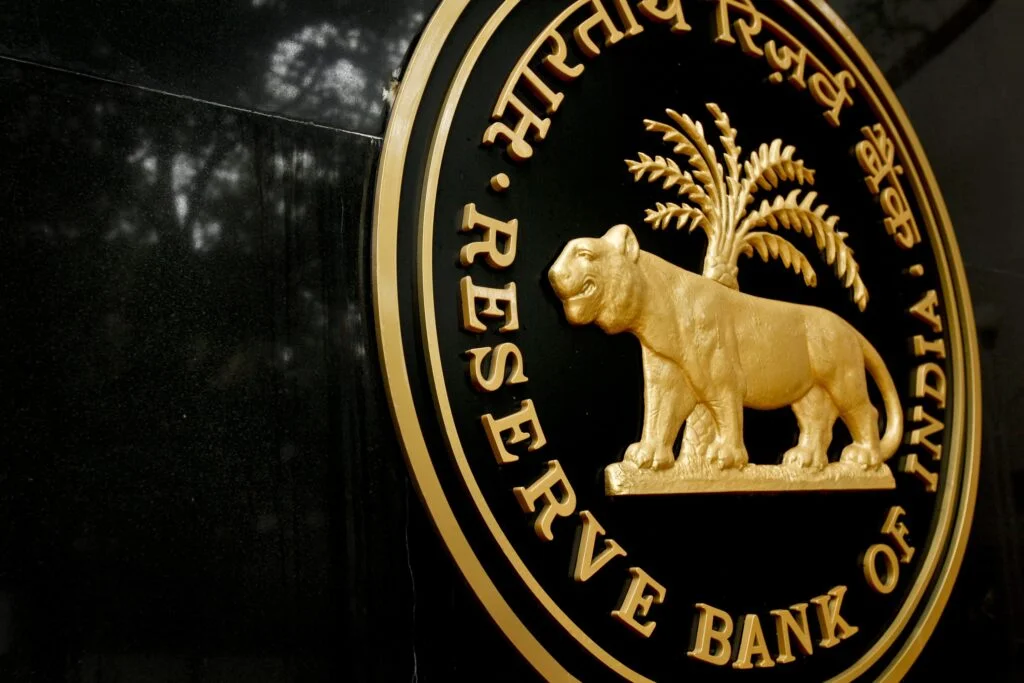According to sources cited by Reuters, the Reserve Bank of India (RBI) is collaborating with banks to introduce innovative features intended to promote the digital rupee.

These enhancements encompass several vital developments. Firstly, they involve facilitating offline digital rupee transactions and seamlessly integrating e-rupees into India’s widely utilized Unified Payments Interface (UPI).
The UPI is a real-time payment system that ensures secure fund transfers across multiple banks without exposing sensitive account details.
The Reserve Bank of India (RBI) has actively encouraged banks to establish interoperability between e-rupees and UPI by utilizing Quick Response (QR) codes.
This strategic move empowers users to conduct payments using existing UPI QR codes effortlessly.
Notably, this feature was officially announced in June and has already gained adoption from major banks, including the State Bank of India, the country’s largest financial institution.
However, it is essential to note that current data indicates that daily retail digital rupee transactions stand at approximately 18,000, falling significantly short of the ambitious target set by the RBI, which aims to achieve one million daily transactions by the end of 2023.
Furthermore, ongoing discussions between the RBI and banks are underway to explore the feasibility of enabling e-rupee usage in offline scenarios. This initiative seeks to bridge the gap when customers and merchants lack internet connectivity.
It is crucial to highlight that, according to an informed source, while the RBI evaluates various technological proposals, specific approval has yet to be granted.
In a parallel development, HDFC Bank, a prominent private lender, is collaborating with IDEMIA, a technology firm, to develop offline Central Bank Digital Currency (CBDC) transactions specifically tailored for feature phones, per sources familiar with the project.
Collectively, these initiatives reflect a concerted effort to usher in an era of digital rupee, offering increased convenience, security, and accessibility within India’s digital financial landscape.

